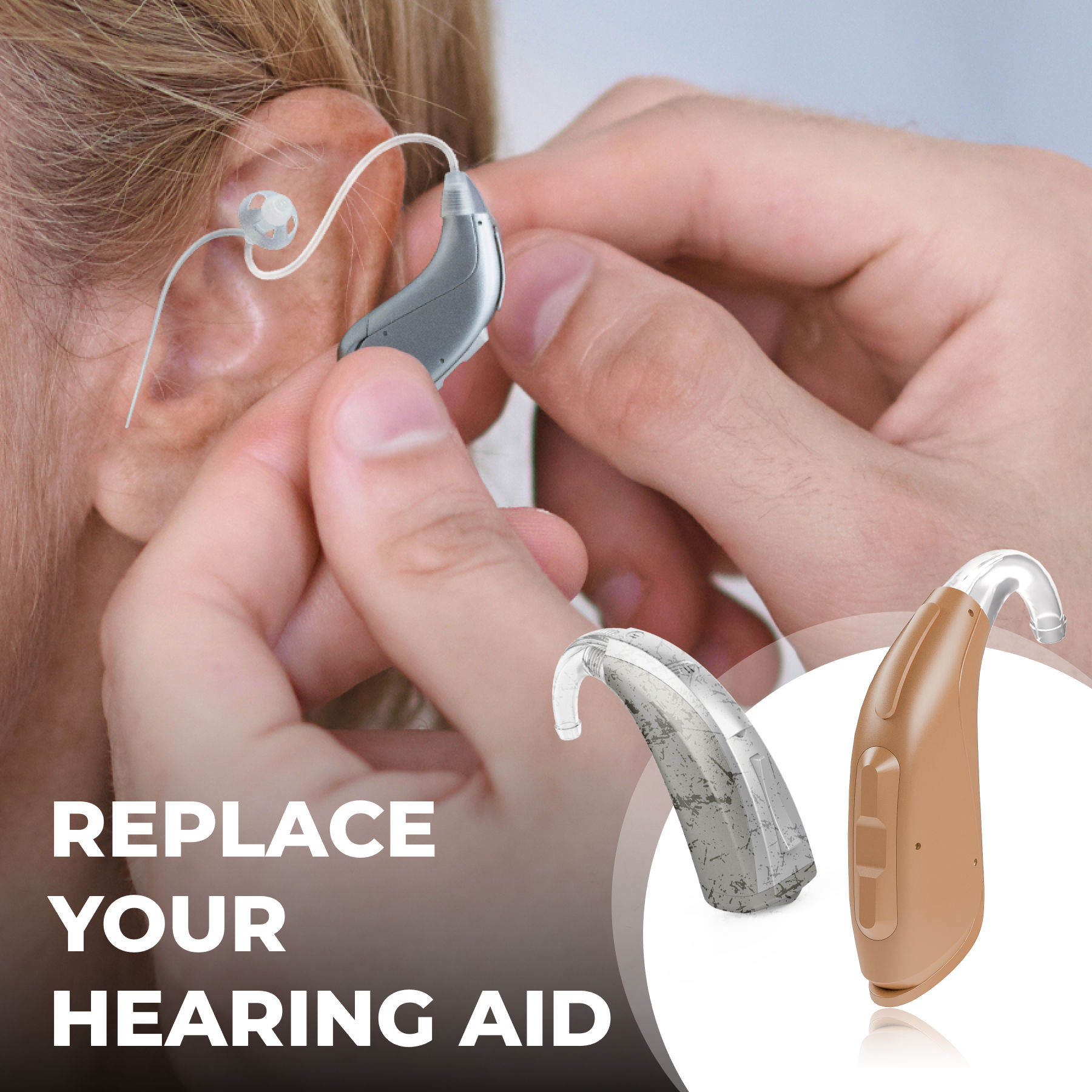
We change the device not the quality
Do you remember the feelings and emotions you experienced when you first put on your hearing aid? How much brighter and more fulfilling did your life become, filled with clear sounds and voices? If several years have passed since then, are you sure that your hearing is still as good?
Often, people who use hearing aids begin to notice over time that they are hearing «somehow not right.» The device seems to be working, it is in good condition, it was carefully looked after, worn carefully… But, like any equipment, hearing aids have a certain service life. Therefore, there comes a time when they need to be replaced.
How do you know when it's time to replace your hearing aid?
On average, experts recommend replacing hearing aids every 3-5 years. There are a number of simple reasons for this.
1. As a rule of thumb manufacturers stop producing spare parts for models of devices released more than five years ago.
2. Technologies in hearing aids are constantly improving. It is not surprising that today's basic segment hearing aids are capable of surpassing high-end devices from five years ago in quality.
3. Over time, hearing can change, so it is important to undergo diagnostics at least once every six months. Sometimes the problem can be solved by installing updates and additional adjustments to the existing hearing aid. But if hearing loss due to health reasons is significant, then a more powerful device will need to be selected.
Besides the service life is directly affected by the operating conditions. To ensure that your hearing aid functions properly and serves you as long as possible, do not forget to keep it clean and free of damage, try to protect it from moisture and chemicals. Carefully protect the hearing aid from any mechanical impacts and pressure. Follow all manufacturer's instructions for using the device. Do not neglect preventive maintenance of the hearing aid, which is usually recommended to be done once a year. After inspecting the device, a specialist will clean it if necessary, eliminating the effects of negative external factors, and will also tell you what to pay attention to when using the device further.
It often happens that, despite the externally good condition of the hearing aid, its "filling" no longer meets the required requirements. After removing the housing cover, yellowed suspensions are found, which have lost their elasticity over the years of operation. This leads to the fact that the microphone and speaker do not have the proper suspension, they touch the housing rigidly, and the device produces a "rattling" sound. Oxidation or contamination of the board contacts, as well as other technical defects caused by time, cannot be ruled out.
Taking care of its patients, INTERSOUND develops special offers for the purchase of a second and subsequent hearing aids.
INTERSOUND specialists are ready to provide comprehensive assistance in selecting a new or replacing an old hearing aid. You can get acquainted with the latest developments in the field of hearing aids and check how well your hearing aids cope with their task in the company's hearing aid centers.

